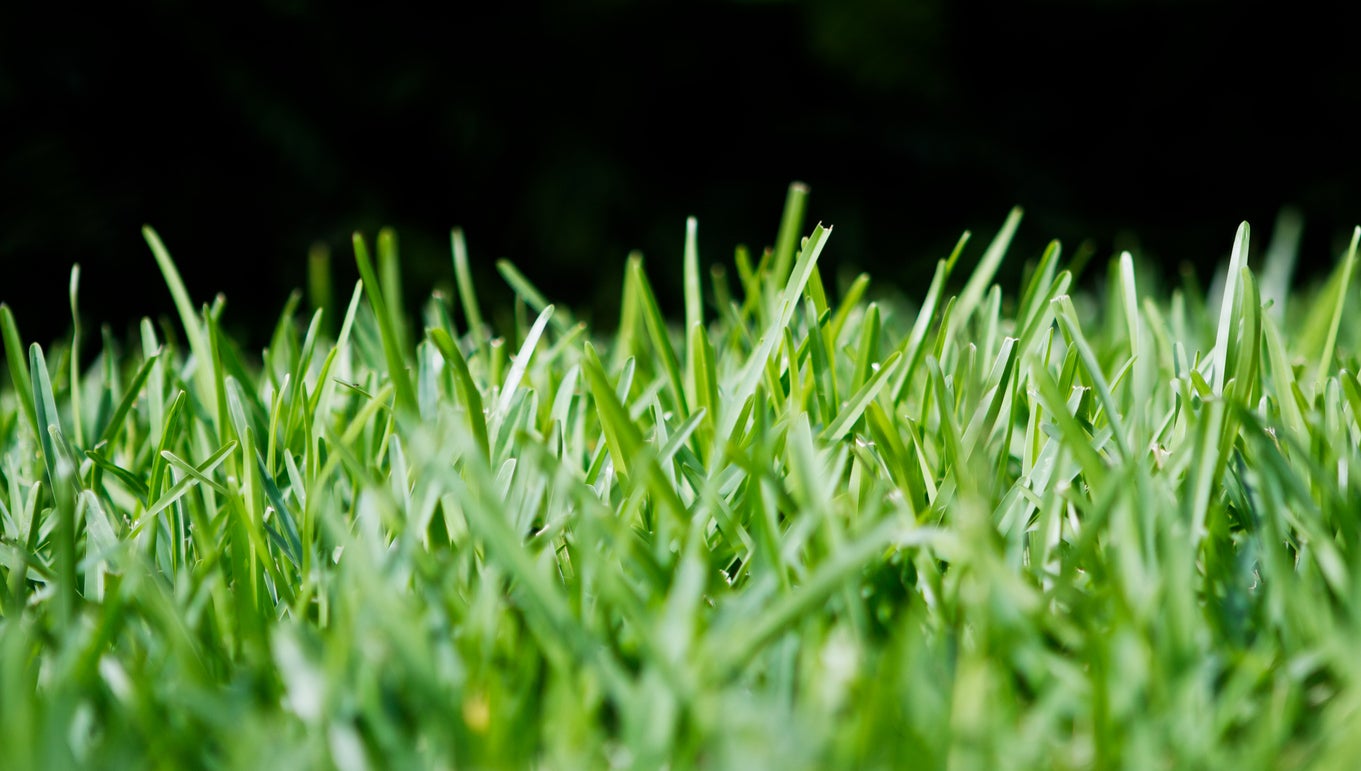Learn More About Using St. Augustine Grass For Your Lawn


St. Augustine grass is a salt tolerant turf suited for subtropical, humid areas. It is widely grown in Florida and other warm season states. St. Augustine grass lawn is a compact blue-green color that grows well on a variety of soil types provided they are well drained. St Augustine grass is the most widely used warm season turf grass in the southern United States.
Planting St Augustine Grass
St. Augustine grass lawn is grown in coastal areas due to its salt tolerance. Also known as carpetgrass, St. Augustine creates a smooth even turf which is tolerant to extremely high temperatures and low moisture. It retains its color longer than other warm season grasses when exposed to cool temperatures and requires infrequent mowing. The propagation of St. Augustine grass is usually vegetative through stolens, plugs, and sod. St. Augustine grass seed has not traditionally been easy to establish but new methods have made seeding a viable option. Once a lawn is prepared, St. Augustine grass seed is planted at a rate of 1/3 to ½ pound per 1,000 square feet (93 sq. m.) in early spring or late summer. St. Augustine grass seed needs to be kept moist while it is establishing. Plugs are the more common method of planting St Augustine grass. Plugs should be placed 6 to 12 inches (15-31 cm.) apart in a prepared lawn.
How To Care For St. Augustine Grass
St. Augustine grass is a low maintenance sod that can perform well with little extra care. During the first seven to ten days after planting, it requires frequent watering several times during the day. After roots have formed, irrigation once per day at a rate of ¼ to ½ inch (6 mm. to 1 cm.) is sufficient. Gradually reduce the frequency of watering until the St. Augustine grass lawn is fully established. Mow after two weeks to 1 to 3 inches (2.5-8 cm.) in height. Mow every week to two weeks depending on the height. Fertilize with 1 pound of nitrogen every 30 to 60 days during spring through fall.
Common St. Augustine Grass Problems
Grubs and sod worms are the most common pests and can be controlled with insecticide applications twice early in spring and mid-season. Fungal turf diseases such as brown patch and gray leaf spot weaken the sod and destroy the appearance. Early season fungicides can often catch these diseases before they can become a serious problem. Weeds are minor St. Augustine problems. A healthy turf crowds out weeds and pre-emergence herbicides can be used where broadleaf weeds are a consistent threat. The best defense against St. Augustine problems is good cultural control and reduced stress in the turf.
St. Augustine Varieties
There are over 11 common St. Augustine varieties and several newly released cultivars. Some of the most widely used include:
- Floratine
- Bitter Blue
- Seville
Each selection is bred for reduced cold sensitivity, insect and disease resistance, and better color and texture. There are also dwarf species such as Amerishade and Delmar, which need to be mowed less frequently. St. Augustine grasses developed for shade use are Classic and Delta Shade.
Sign up for the Gardening Know How newsletter today and receive a free copy of our e-book "How to Grow Delicious Tomatoes".

Bonnie Grant is a professional landscaper with a Certification in Urban Gardening. She has been gardening and writing for 15 years. A former professional chef, she has a passion for edible landscaping.